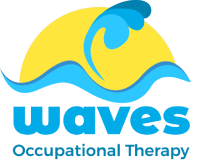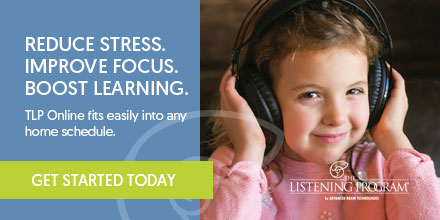The Therapeutic Listening Therapy Program from Advanced Brain, actively supports individuals with a wide array of conditions. As an occupational therapist, you can harness the power of this evidence-based intervention to make a positive impact on your clients’ lives. This article will delve into how the Therapeutic Listening Program can actively assist children and adults with diverse conditions, emphasising the use of active voice and the integration of transition words for a smoother flow of information.
1. Addressing Sensory Integration Difficulties:
The Therapeutic Listening Program actively helps individuals process and interpret sensory information more effectively.
As a result, this program is an invaluable tool for improving attention, reducing sensory sensitivities, and enhancing self-regulation in children and adults alike.
2. Supporting Autism Spectrum Disorder (ASD):
For those with Autism Spectrum Disorder (ASD), this program actively targets sensory sensitivities and processing issues.
Consequently, individuals with ASD can experience improved sensory modulation and enhanced social engagement and communication skills through this intervention.
3. Enhancing Skills for Down’s Syndrome:
Children and adults with Down’s Syndrome can actively benefit from this program by targeting motor planning and coordination difficulties.
By improving gross and fine motor skills, individuals with Down’s Syndrome can actively achieve greater independence in daily activities.
4. Promoting Emotional Well-Being and Anxiety Reduction:
The listening program actively offers a calming and soothing effect, which is beneficial for individuals struggling with anxiety and emotional regulation.
As a result, it actively promotes relaxation and reduces stress, actively contributing to improved emotional well-being.
5. Tackling Dyspraxia and DCD:
This program actively addresses motor planning and execution challenges associated with dyspraxia and Developmental Coordination Disorder (DCD).
Consequently, it actively enhances motor planning and coordination, enabling individuals to actively perform tasks more efficiently.

6. Improving Handwriting Skills:
Individuals with handwriting difficulties can actively enhance their fine motor skills and dexterity through this program.
This active improvement results in more efficient and legible handwriting, actively benefiting students facing challenges with speed of writing for assessments and exams.
7. Enhancing Visual Perception:
Visual perception difficulties can actively impact an individual’s ability to make sense of visual information.
The program can actively enhance visual perceptual skills, making it easier for individuals to actively interpret and respond to visual cues in their environment.
8. Boosting Balance and Co-Ordination:
The program actively adapts to target balance and coordination, actively helping individuals improve these skills.
This active approach is particularly beneficial for individuals with mild hemiplegia.
9. Facilitating Self-Care and Palliative Care:
The program actively integrates into self-care interventions, actively helping individuals develop the skills needed for dressing and feeding themselves.
Additionally, it actively offers comfort and relaxation for individuals in palliative care, actively improving their quality of life.
10. Supporting Mental Health:
The program actively offers calming and sensory modulation effects, actively supporting individuals with mental health difficulties.
As a result, it actively contributes to a sense of well-being and emotional stability.
In conclusion, the Therapeutic Listening Therapy Program from AdvancedBrain.com actively stands as a versatile and evidence-based approach that can be tailored to meet the diverse needs of your clients. As an occupational therapist, you can actively employ this program to address sensory integration difficulties, actively support individuals with various conditions, and actively enhance their overall quality of life. Its structured protocols and individualized approach make it an invaluable and active tool in your toolkit for helping both children and adults on their journey to improved well-being.

